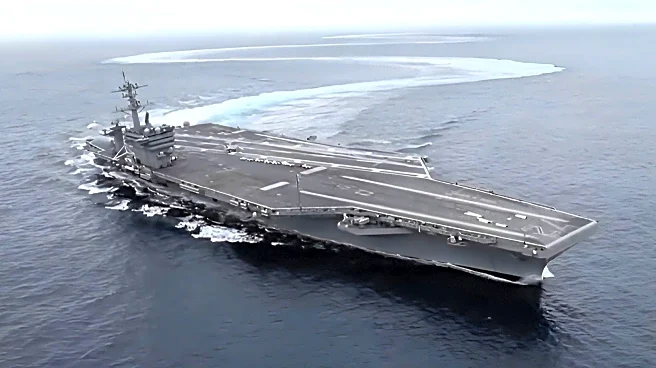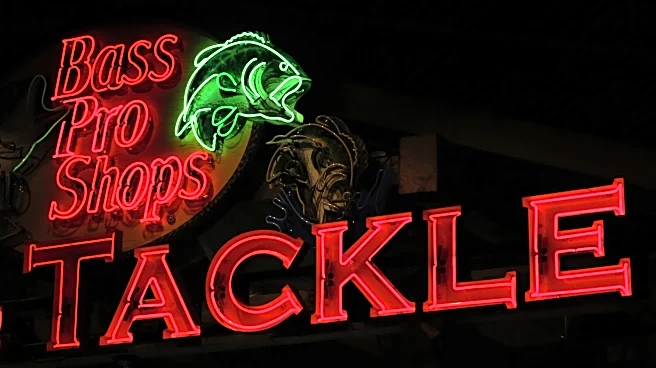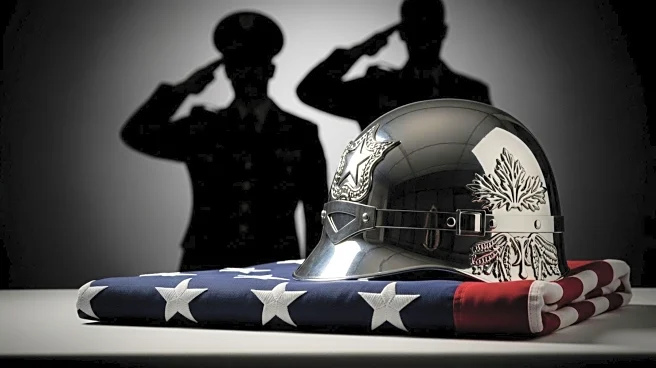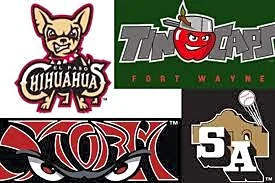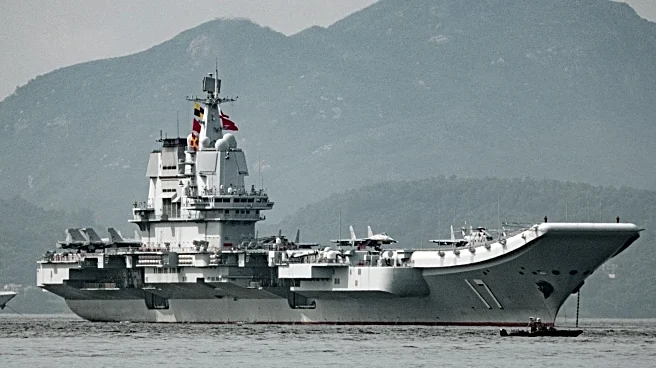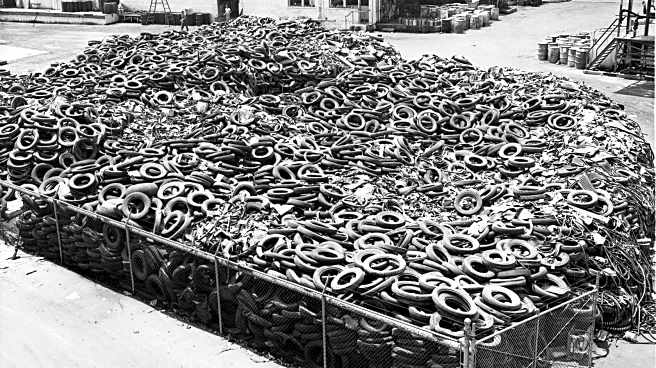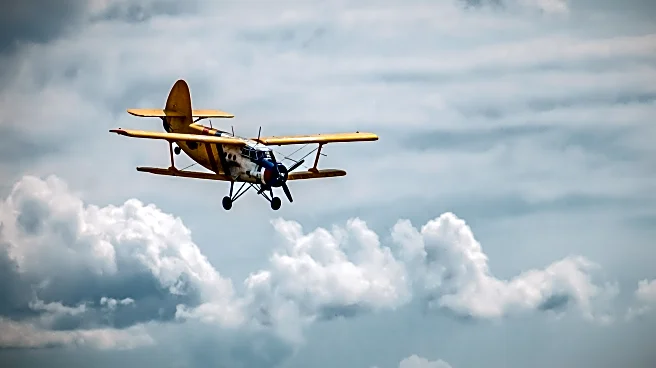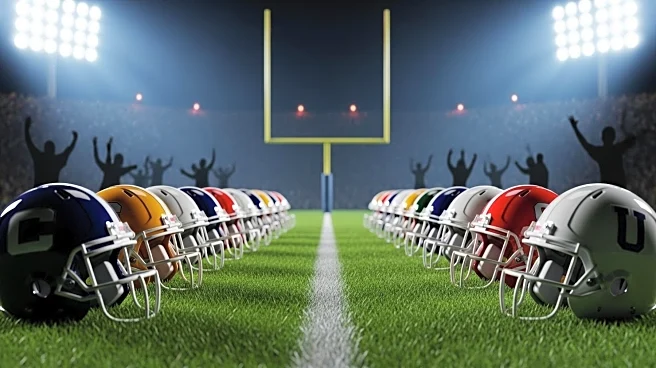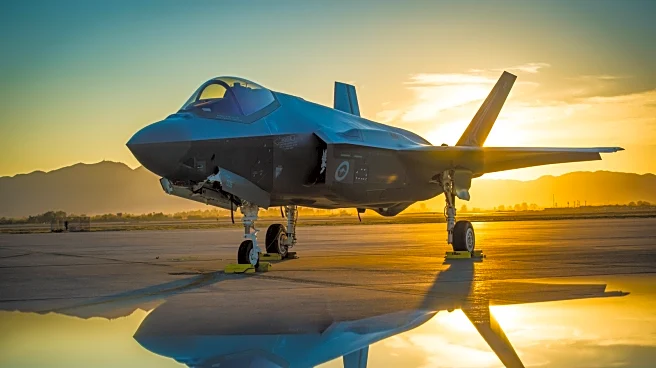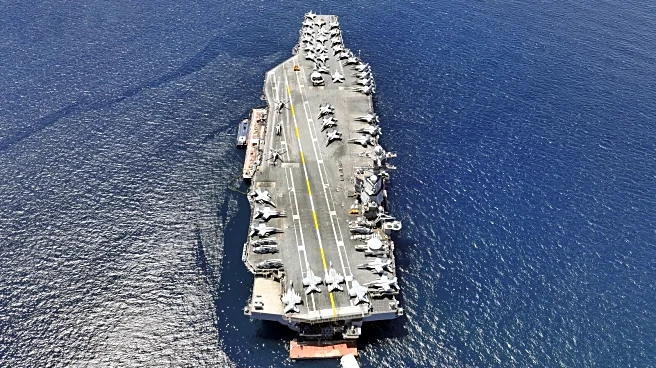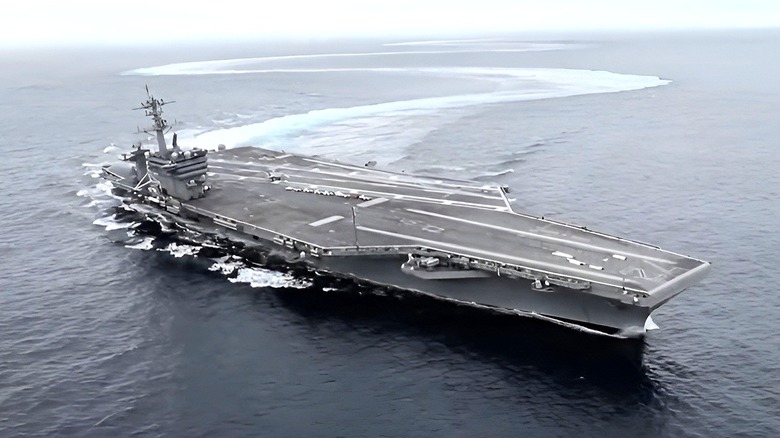
The United States Navy welcomed the USS Nimitz (CVN-68) aircraft carrier as the lead ship in its class on May 3, 1975. Like all Navy vessels, the carrier was named after a significant person and the Nimitz was given its name in honor of Fleet Admiral Chester W. Nimitz. As of 2025, the USS Nimitz is the oldest American aircraft carrier still in service and has a distinguished record.
Nimitz was the U.S.
Navy's third Fleet Admiral. His combat record through World War II makes him one of the service's most important commanders of the entire conflict. Nimitz served as the Pacific Fleet commander and was instrumental in the Allies' victory over Imperial Japan during a time when naval assets were severely constrained. Following the sneak attack on Pearl Harbor, it was Nimitz who realigned the fleet's forces, focusing on aircraft carriers and a dense concentration of forces over battleships, all of which were sunk or severely damaged in the attack.
His influence on carrier operations made Nimitz the ideal candidate to be honored with a new class of flat tops and 10 Nimitz-class carriers were put into service. While the Navy began retiring these aircraft carriers with the more advanced Gerald R. Ford-class ships, most Nimitz-class vessels will remain in service for several years. The USS Nimitz is scheduled for decommissioning in 2026. Here's how one of the most influential sailors in U.S. history became the namesake of this storied watercraft and the nine that followed.
Read more: 10 Of The Largest Navies In The World, Ranked By Self-Reported Total Naval Assets
Fleet Admiral Chester W. Nimitz And The Nimitz Way
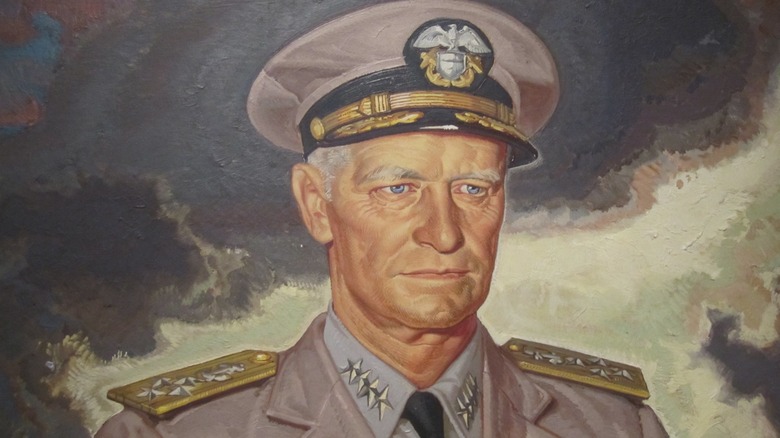
Chester W. Nimitz honed his combat skills at the Naval War College. He was taught to take control of the battlespace, ensuring the enemy remained off balance. He followed the four principles of warfare, which included "to employ all the forces ... available with the utmost energy," "to concentrate superior forces ... where the decisive blow is to be struck," and "to avoid loss of time." His fourth and final principle was "to follow up every advantage gained with utmost energy."
Japan's forces in the Pacific were monstrous at the start of the war, and the U.S. maintained a sizable fleet in the region. When the U.S. entered the war, Nimitz focused on fleet concentration, preferring to allocate large numbers of carriers and support ships in decisive operations. Most notable was the Battle of Midway, where Nimitz employed three fleet carriers, eight cruisers, 18 destroyers, 19 submarines, and other support vessels, along with hundreds of ship and land-based aircraft.
Nimitz's venture was risky to say the least but the battle ended in a decisive U.S. victory over Imperial Japan, helping to turn the tide on the war. Nimitz was also skilled at using intelligence to his advantage and deception against the enemy. There's no denying that Nimitz's skills as a tactical and strategic commander helped the U.S. defeat Imperial Japan, and naming a class of carriers after him is one of many honors he received.
Nimitz's Name Is On More Than Aircraft Carriers
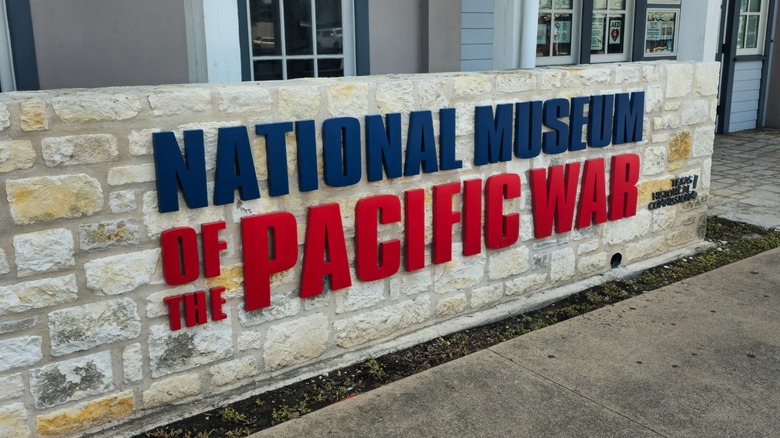
Admiral Nimitz was born and raised in the small rural town of Fredericksburg, Texas, where he's one of the city's most honored former residents. The National Museum of the Pacific War is located in his hometown and is a Smithsonian Affiliate accredited by the American Alliance of Museums. The museum observes its promise to Admiral Nimitz, "To honor all who served and supported the war effort in the Pacific." There are several galleries devoted to Nimitz's service and life, but there's also plenty of depictions of the conflict.
Tours of the facility are centered around the admiral, although numerous historic ships, weapons, and other items are scattered throughout the campus. The museum is the premier location to learn about the Pacific War, although it's a bit off the beaten path, as Fredericksburg is located about an hour northwest of San Antonio, Texas. One of the museum's displays includes a large reproduction of the USS Nimitz built in excellent detail. It's no wonder fans believe that the oft-coveted and mysterious G.I. Joe Aircraft Carrier was inspired by its design.
Other landmarks and important locations named after Admiral Nimitz include I-880, the Nimitz Freeway, and Route 92, known as Nimitz Highway. In Guam, where he established his Pacific Fleet headquarters, the location is known as Nimitz Hill and is the site where the Commander, Joint Region Marianas, is stationed. Various educational institutions and even a glacier in Antarctica bear Nimitz's name.
Want the latest in tech and auto trends? Subscribe to our free newsletter for the latest headlines, expert guides, and how-to tips, one email at a time.
Read the original article on SlashGear.
